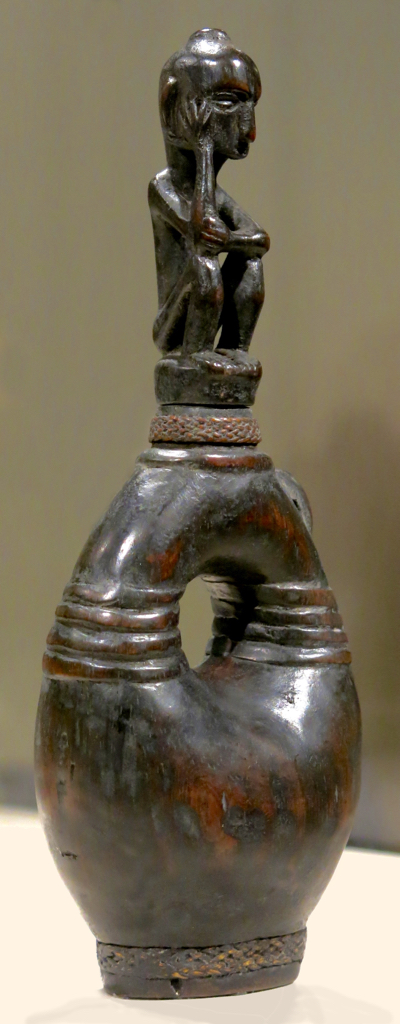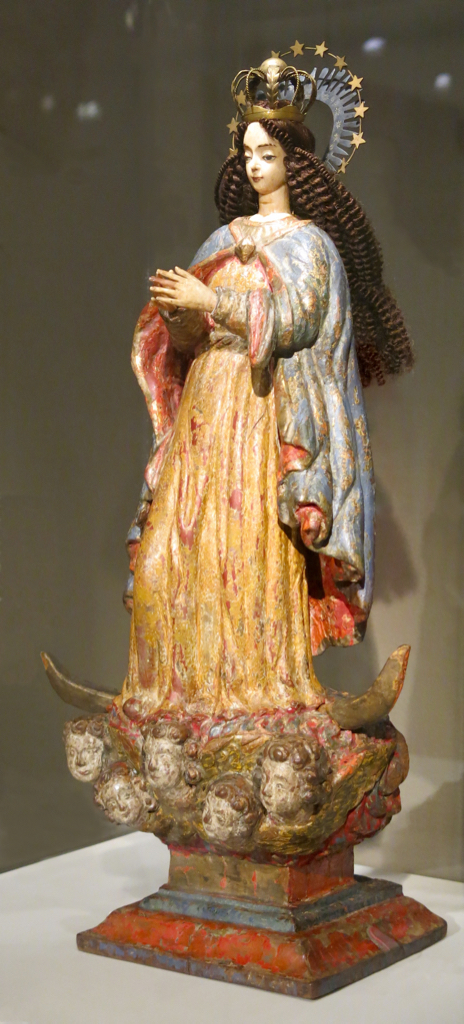At today’s “Pot of Gold” religious education conference, I led a session called “Teaching 101” in which I went over some of the basics of teaching for Sunday school teachers. Below is my handout on classroom management — a PDF version, and a text version (the PDF version has some additional material):
PDF version of “Classroom Management: Some Ideas to Help You Mange
CLASSROOM MANAGEMENT: SOME IDEAS TO HELP YOU MANAGE (text only)
The basics
These are the simplest things to do to help minimize behavior problems:
(1) Make sure each child or teen is noticed and is heard. This is one purpose of the opening check-in: everyone says their name, and tells a little bit about themselves. Especially when new to a class, a young person needs to feel that they are noticed, that their voice can be heard, and that they belong. This can reduce acting-out behaviors.
(2) Help children or teens learn names of everyone in class. This is a long-term goal; at the beginning they should at least hear the names of everyone in the class during check-in. Everyone will feel more secure, and be better behaved, when they know at least barest minimum—the names—of all the adults and children/teens in the class.
(3) Be clear about the purpose of the class. It can help if everyone is reminded why they are in the class. If there’s a stated purpose, most children/teens will buy into it. When you must reprimand someone, it can help to remind them of the purpose of the class so they understand why they are being reprimanded.
(4) Be clear about the values of the class. In a UU Sunday school, we value behavior that shows we care for one another. Regular opening words (“We light this chalice…”) or a quick statement of purpose (“Here we are again to learn about human sexuality”) help remind everyone of these basic values.
More practices towards a well-managed classroom
(A) When preparing for the class, run a video in your head of how it will go. As you go over each activity, you imagine how each child or teen will respond to that activity. If an activity is very active and you know that T—— does not like to be very active, how will you involve that child/teen? If an activity requires sitting still and B—— has ADHD, how will keep that child/teen involved in the activity? Using this technique of running a video in your head as you prepare helps you build a mental model of the individuals, and of the class as a whole.
(B) Keep the educational goals and objectives in mind. Class sessions rarely go exactly as planned (one reason why teaching is so challenging and interesting). And kids often melt down when they sense that you, the teacher, have lost your direction. But if you keep in mind the educational goals (the big picture stuff) and the educational objectives (measurable things you want to accomplish in this class), you will find it easier to respond to classroom challenges. Thus when a class doesn’t respond well to a given activity, you can adapt it to their needs while still meeting your educational goals and objectives.
(C) Go from pre-assessment to teaching to assessment. “Pre-assessment” means finding out what the children or teens know before you begin teaching; in RE this probably won’t be a written test; it might be asking the children/teens what they know about topic X. “Assessment” means finding out what the children or teens have learned in the class session; again, in RE this probably won’t be a written test; it might take the form of asking the children/teens to state one thing they have learned during the closing circle. Pre-assessment and assessment can also take place just before or after a given activity.
Why does this help with classroom management? If you’re teaching a lesson about something the kids already know well, you’re likely to face behavior problems—some simple pre-assessment would let you know how to tweak your lesson plan to meet the needs of the students. Conversely, if your lesson is way above the level of the kids, you’re going to lose them, which can lead to unpleasant behaviors; again, some pre-assessment would help you to tweak the lesson so you don’t lose the kids. And some very simple assessment at the end of the class — asking each young person to say one thing they learned today, or one thing they’re taking away from the class — can help the participants see that the class had purpose and a positive outcome.
(D) Use class rituals. Children and teens will be more relaxed and comfortable when there are consistent class rituals that are followed. A suggested minimum for classroom ritual: 1. An opening ritual with names, check-in, and a restatement of the class purpose. 2. A closing circle where you review with the children/teens what they have learned.


